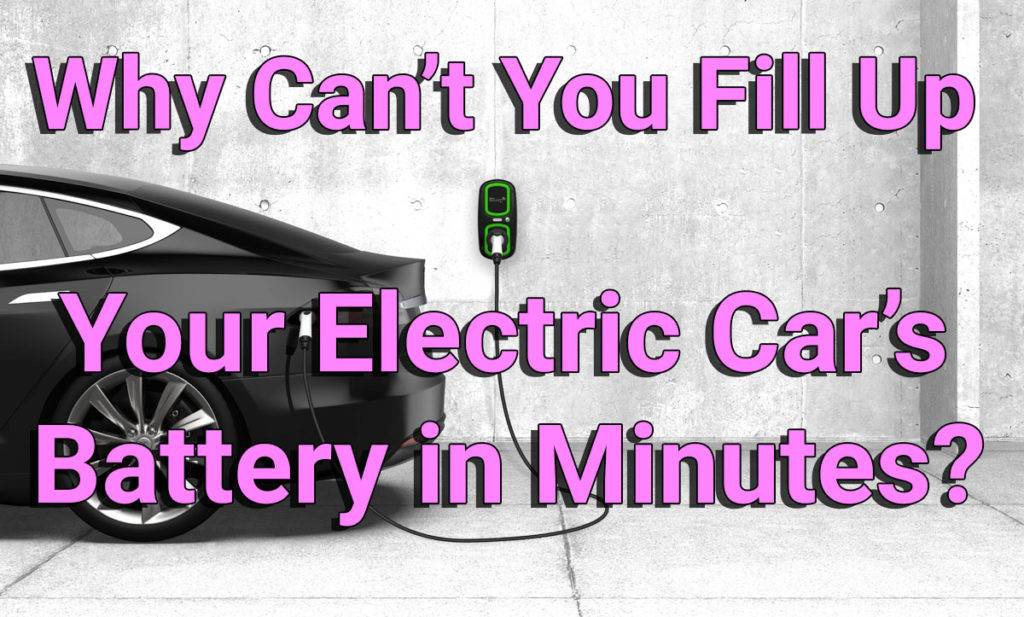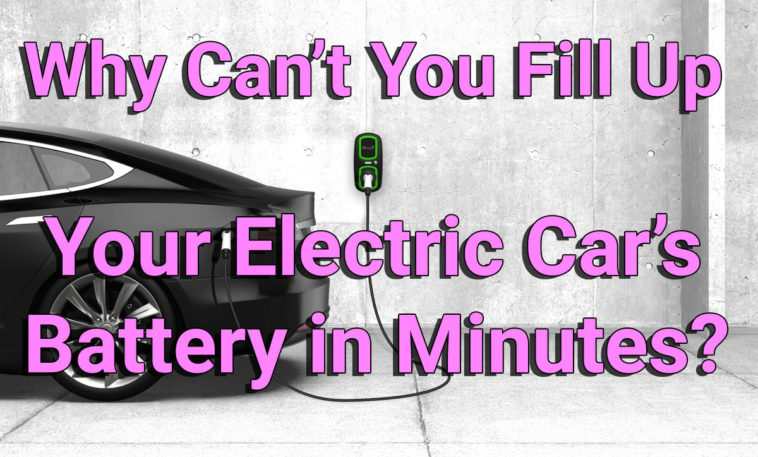Electric cars can provide you with a cheap and environmentally friendly commute, but they come along with some fundamental drawbacks, such as a limited range coupled with a significant amount of recharging time.
Where it takes a gasoline/diesel powered vehicle to refuel in hardly 2-3 minutes, a modern electric vehicle can take from around 75-150 minutes to recharge to its full potential. With their limited range and time-consuming recharges, electric cars currently only seem reasonable as a second car for short everyday commutes.
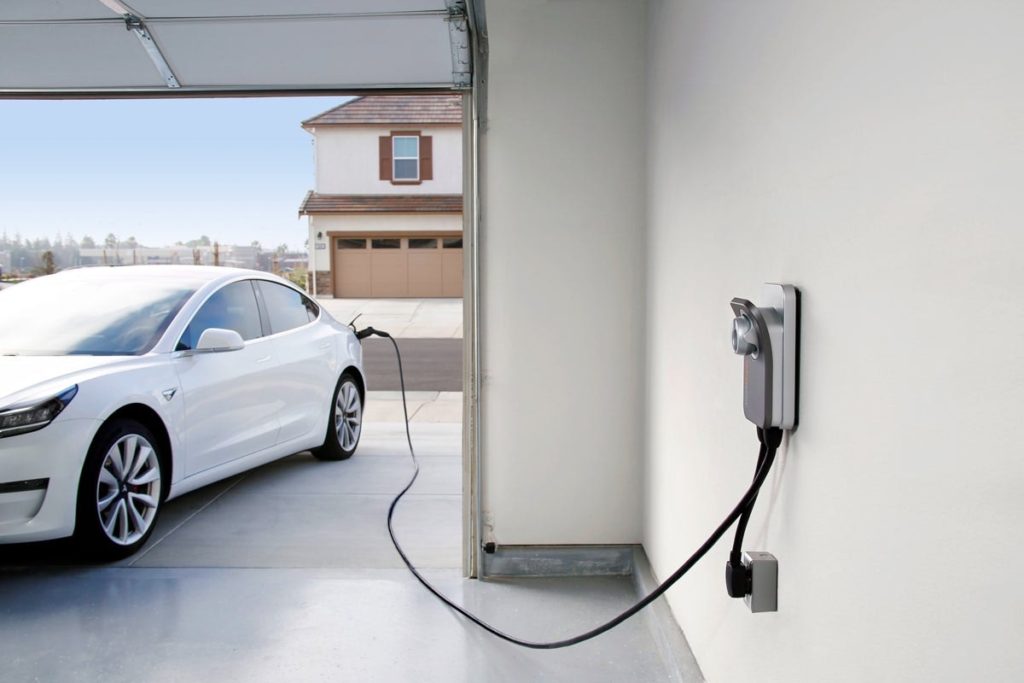
Electric car manufacturers are pushing their R&D departments to work on overcoming these hurdles. An Electric battery being recharged can be imagined as a bucket of water getting filled, and you do not want to cause any spill overs, so the cars can charge at a much faster rate till about 80% of their capacity, Then they are trickle charged at a much slower rate to a 100%.Electric cars come with a number of charger types depending on their make and model.
- First comes in the single-phase AC type car charger range that can use up to 10 to 32 Amps of current providing 3 to 7.4 Kilowatts of power.
- Then you get the better three-phase AC type car charger range that can use up to 16 to 60 Amps of current per phase providing 11 to 43 Kilowatts of power
- Finally, you get the modern DC type chargers in electric car charging stations that can output up to 50 to 250 Kilowatts of peak power.
The market leading brand in electric cars, Tesla, has recently developed a super-charging facility at charging stations that can charge at a peak power of 250 kilowatts for the compatible batteries in their newer Model 3. This type of super charger at its best, can charge up the car (a 75 Kwh long-range version) in under 60 minutes. That is a huge improvement in the EV industry.
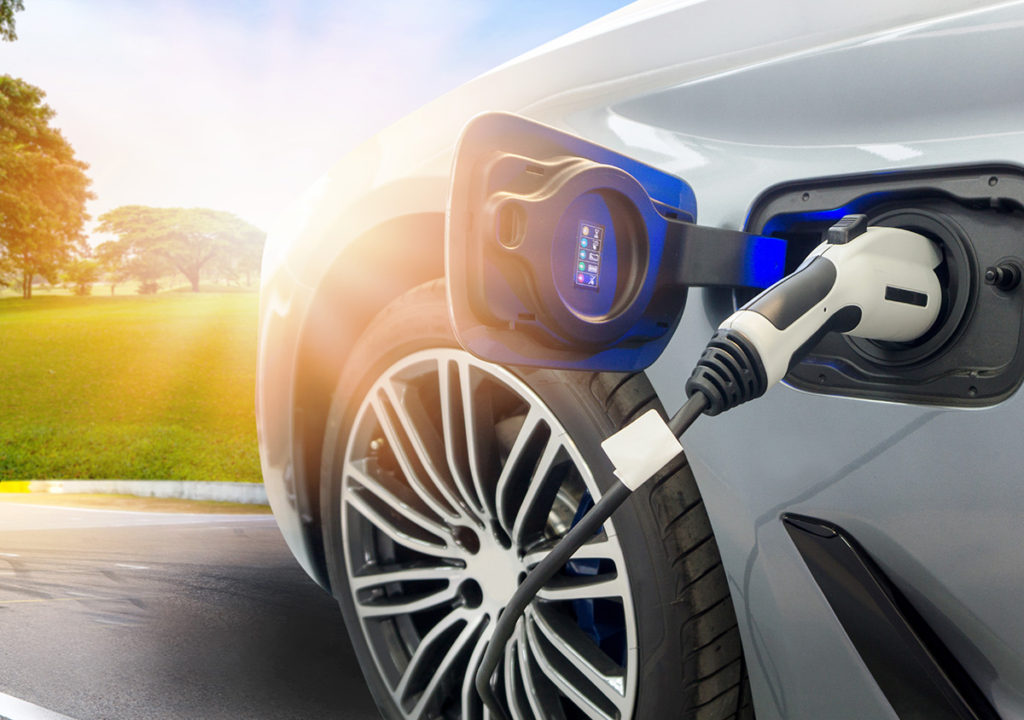
Despite all the advancements in charging times and the cramming of larger batteries in electric cars, electric cars take a hit when it comes to intercity travel. When traveling through the cities and countryside, there are many states and towns that do not have a super-charging facility, and stopping for recharging in the middle of a long journey can take about 2-3 hours in that scenario. So currently, inter-city traveling, and countryside journeys make a lot more sense in a typical gas-powered vehicle due to the availability of petrol/diesel at every nook and corner in towns.
Electric cars’ range also depend upon the ambient temperatures. On average there can be 20-25% difference in the range due to the change in the temperature. The ideal operation temperature for these lithium-based batteries is 20’ C (68‘F) to 30’C (86’F). Anything above or below that effects the charging and discharging rates. Winter tend to be more intense for them so it affects the range much more than the summer season does.
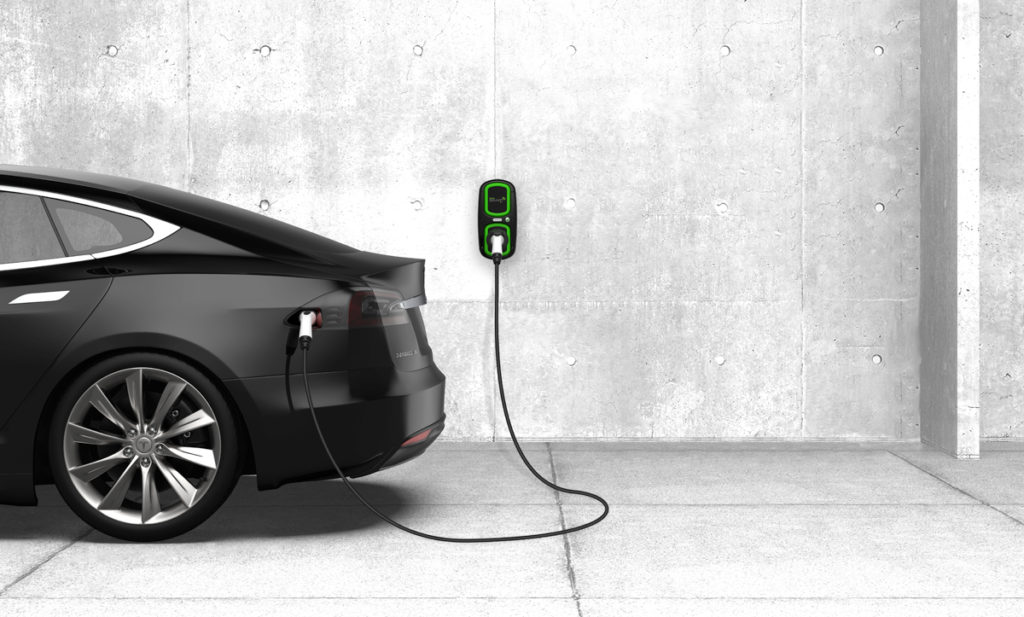
But this does not stop enthusiasts from working on the further development of electric cars. Some companies, such as Rivian and Tesla, are even developing pickup trucks with up to 125 kW of battery capacity. Companies are working on developing a newer and faster battery architectures, such as solid-state batteries to cope up with their petrol-powered rivals.
To conclude, there is no denying the current hurdles EVs are facing, but they have surely captured the auto market’s trend due to the benefits they carry. Most of the major manufacturers have started rolling out their electric line-up to jump on the bandwagon. The early adopters of this EV trend may face some hurdles in the beginning, but with technological advancements and infrastructure development, electric cars are for sure going to rule the automotive industry in the near future.
